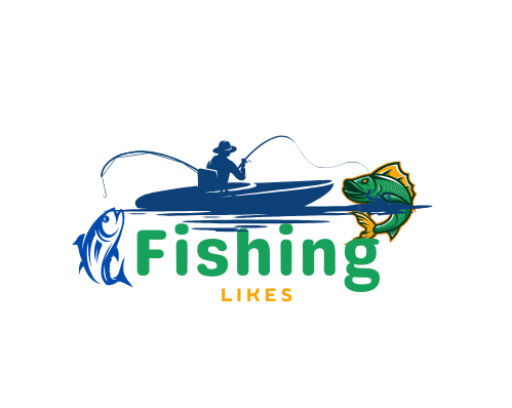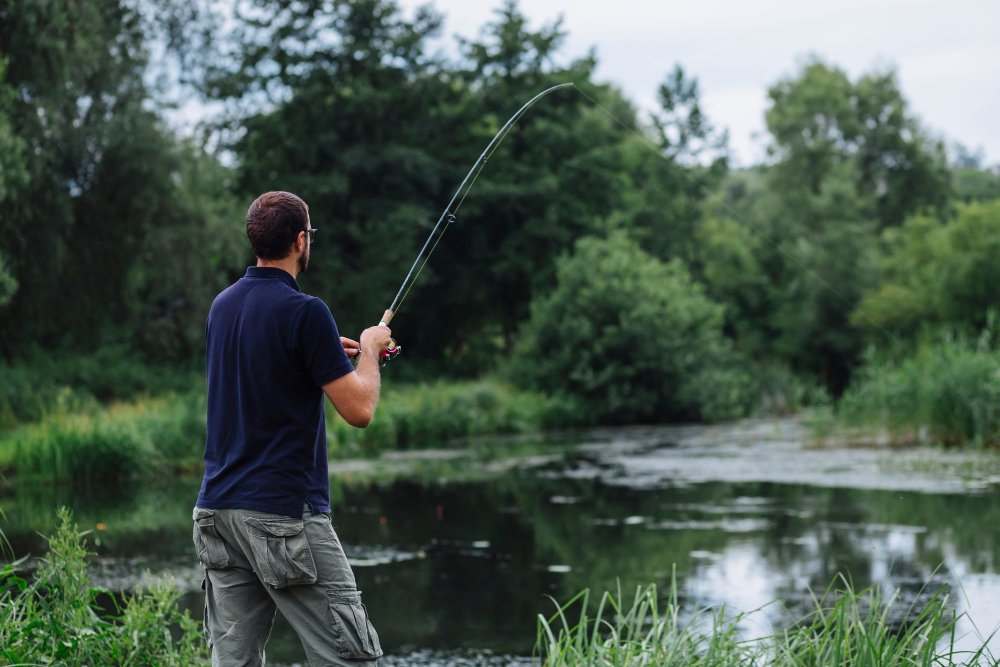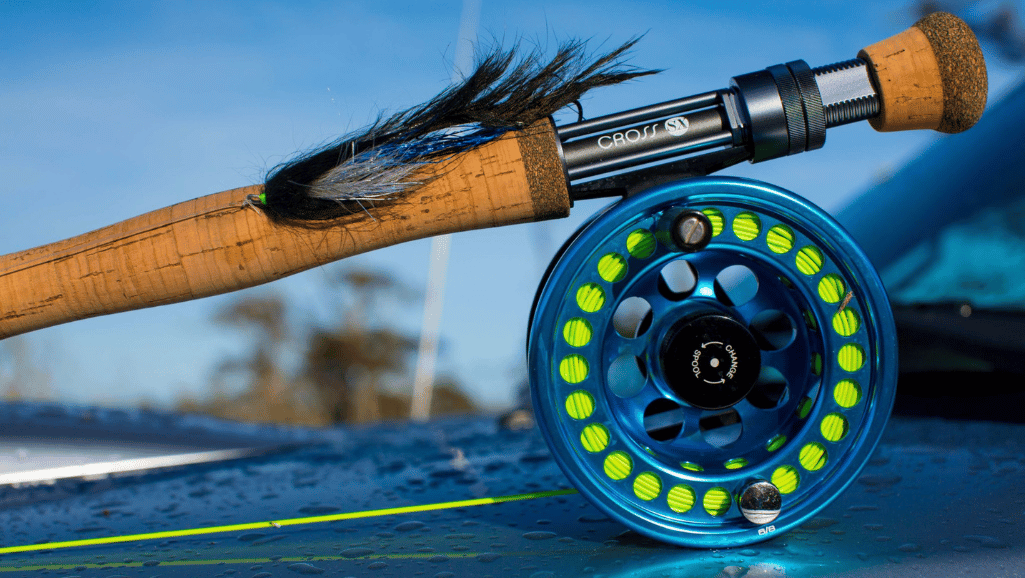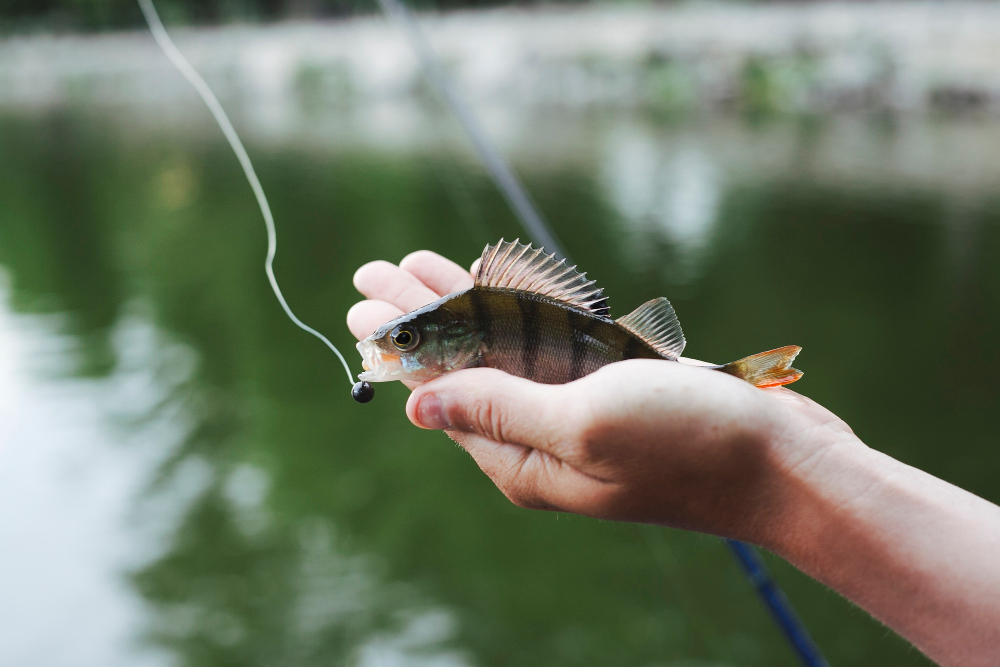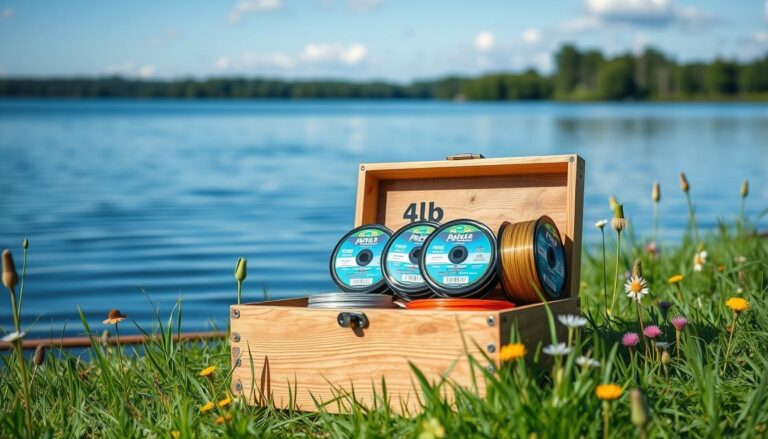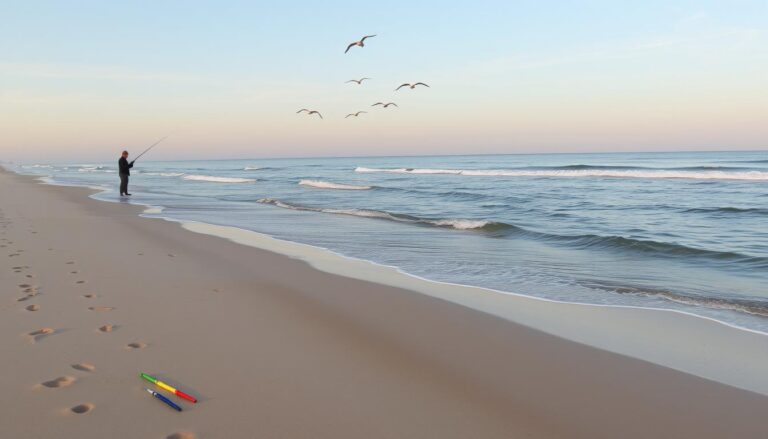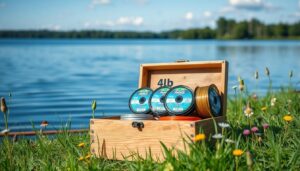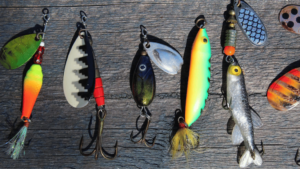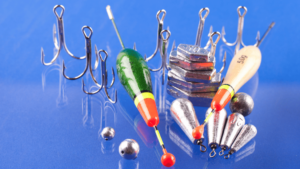Welcome to the ultimate guide on how to catch fish efficiently. If you’re new to fishing or a seasoned pro, this guide has what you need. It offers key info and expert tips to boost your chances of a good catch. With the right fishing methods and the latest in fish behavior info, you can fish better in both fresh and saltwater.
Key Takeaways
- Choosing the right fishing gear and using it properly is crucial for success.
- Understand the importance of different lure colors and shapes for various water conditions.
- Fish during early and late hours of the day to increase catch rates.
- Tides and currents significantly impact saltwater fishing success.
- Conduct pre-fishing research to enhance your fishing efficiency and knowledge.
Understanding Different Fishing Techniques
Fishing is a long-standing hobby with methods for various settings and fish kinds. This part will focus on the most effective fishing methods and gear. We’ll talk about trolling, bottom fishing, and fly fishing.
Trolling
Trolling is when you pull live bait or fake lures through the water behind a boat. It’s used in lakes, the sea, and for big fish. The bait should move like it’s alive to catch fish’s attention. For this, you need a boat and good lures. Trolling lets you search wide areas for fish.
Bottom Fishing
Bottom fishing targets fish at the ocean floor. It works well for catfish, carp, and walleye. You need strong rods and lines, and heavy bait to get down there. It takes patience to feel when a fish is biting. You should use special rods, reels, and lines for this technique.
Fly Fishing
Fly fishing uses a light, 7 to 11-foot long rod and a special kind of reel. It makes the line look like insects to attract trout and salmon. This type of fishing is all about the cast and choosing the right fly. You have to be good at watching the fly move to make it look real.
Each fishing method has its pluses, depending on where you’re fishing and what you’re after. With the right gear and skill, you can improve your chances to catch more fish.
Selecting the Right Fishing Gear
Choosing the right fishing gear is key to a great day out. Fishing for beginners? Look for a fishing rod setup that’s just right. Picking the best gear can really help you catch more fish.
Fishing Rod and Reel
When you look for a fishing rod, think about its weight, length, action, and power. Graphite rods are lighter and good for long fishing trips. This makes them perfect for spending a day at your favorite fishing spot. Composite rods blend the best of fiberglass and graphite. A 7-foot rod is great for beginners, offering flexibility and simplicity. The choice between spinning and baitcasting reels depends on what you prefer and the fish you’re after.
Fishing Line
Choosing the right fishing line is critical for success. Monofilament lines are easy to use and versatile, ideal for new anglers. Braid lines, on the other hand, are strong and sensitive, great for feeling delicate bites. Match the line with the rod properly to get the best results.
Hooks and Lures
Sharp hooks and the right lures can really boost your catch. Pick lures that look like the food fish in your area normally eat. Making sure your gear fits the fishing spot and the type of fish you’re going for is key.
| Rod Type | Recommended Use |
|---|---|
| Fast Action Rods | Larger fish such as Muskie and Tuna |
| Medium Action Rods | General versatility and good hook-setting |
| Slow Action Rods | Smaller fish like Panfish or Trout |
Learning about rod power and how to use it helps a lot. It ensures you’re ready no matter where or what you’re fishing for.
How to Catch Fish in Freshwater and Saltwater
Knowing the differences between freshwater and saltwater fishing is key to becoming an expert angler. You need specific best fishing techniques and gear for each type to fish well in both places.
In freshwater areas, fish like brook trout need low or no salt water to live. But, fish such as tarpon can handle warm, salty waters up to 85°F. Knowing these differences helps fishermen choose the right spots and fishing methods.
For example, fish like striped bass and grouper love hanging around structures. So, fishing near logs, rocks, or man-made constructions is smart. Bluefish may swim close to shore, while speckled trout enjoy deeper spots, requiring different fishing approaches.
Fishing at dawn or dusk is often a good idea because many marine fish are active then. It’s also crucial to know fishing laws, like when certain species are protected during their spawning season. This ensures fishing is done in a responsible way.
For freshwater fishing, using a spin-cast rod with live worms is effective, especially in Florida’s lakes. However, for saltwater situations, a medium spinning rod and bait like shrimp or squid work better.
Since fishing conditions change, being flexible is important. Saltwater fishermen might use outriggers to cover more sea, improving their chances of a catch. Including techniques like fly fishing can also help.
Finally, how you handle caught fish matters a lot. Always use pliers to remove hooks and keep their skin wet. This helps the fish survive, which is important for keeping fishing areas plentiful and healthy.
Choosing the Best Fishing Bait
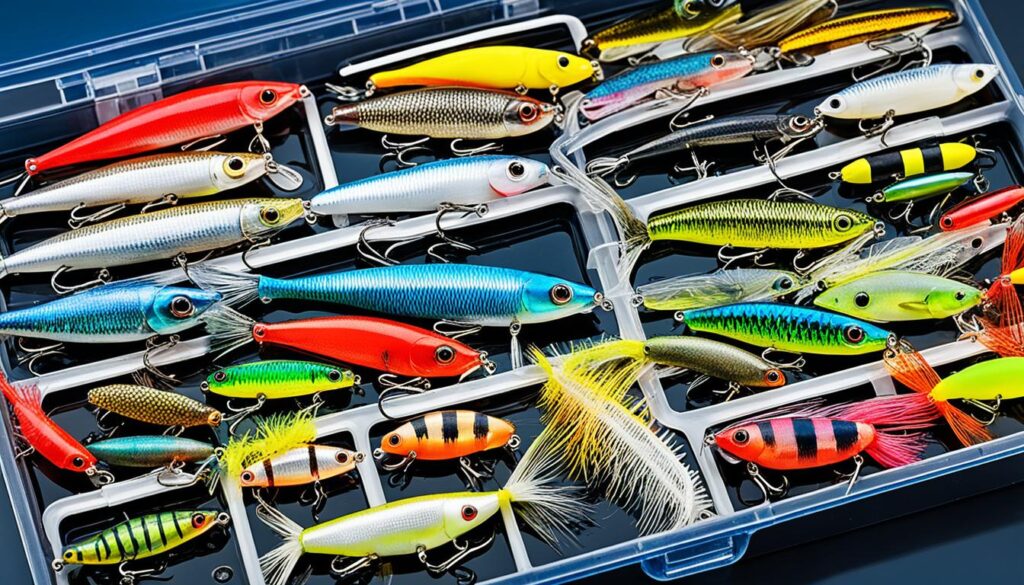
Picking the right fishing bait is key for a good fishing day. Anglers decide between natural and artificial bait. They think about the fish they want and how they fish. Knowing the good and bad points of each type of bait can help you catch more fish.
Natural Bait
Many anglers love natural bait for being real and working well. Live bait is great because it moves and smells like food for the fish. This bait includes worms, nightcrawlers, and crickets, which are perfect for fishing in fresh water.
Dead bait doesn’t require much work. It can be things like cut bait or eels. Others use dough balls to attract various fish. Chum, which is bits of fish, can also be used to get fish in the mood to eat.
Picking the right natural bait means choosing something local. It should also match the size of the fish you want. Think about using crayfish for bass or minnows for trout.
Artificial Bait
Artificial bait is becoming more popular. These lures look and move like real food for fish. They come in many shapes and colors to catch the fish’s eye.
These baits can be used in different fishing ways. Anglers use them for trolling or fly fishing. You can find lures like spinnerbaits and soft plastics for catching various fish. The best part is you can use them over and over, saving money.
Choosing artificial or natural bait often comes down to what you enjoy. Some like the skill in using lures, while others enjoy the simplicity of live bait. Pick the one that makes you happy and meets your fishing goals.
| Type of Bait | Advantages | Disadvantages |
|---|---|---|
| Live Bait | Effective, attracts fish with movement and scent | Expensive, requires maintenance |
| Dead Bait | No maintenance required, effective for certain species | Less movement, might not always attract fish |
| Artificial Bait | Longevity, fun factor, reusable | Requires skill in presentation, can be less appealing to fish |
Learning about different baits helps you choose wisely. Think about what fish eat naturally. Also, consider what you like and how you fish. This way, you’ll have a great time fishing, whether using natural or artificial bait.
Best Fishing Techniques for Various Conditions
Water clarity is vital for fishing success. The methods for clear water fishing and murky water fishing vary a lot. You need different tactics for each to catch more fish. In this section, we’ll look at the best ways to fish in these waters.
Fishing in Clear Water
When you fish in clear water, choose lures that look real. This is because fish are more careful in clear water. They can see well, so you must be stealthy. This means moving slowly. Watch how the fish act and what’s around them. Using fishing lines that are hard to see can help a lot in clear water.
Fishing in Murky Water
Murky water fishing requires its own methods. Since you can’t see far, fish use touch and smell to find food. To get their attention, use lures that are bright or vibrate a lot. Spinnerbaits and crankbaits work great. Changing how fast you pull or wiggle your lure can make it look like a wounded fish. This makes fish want to strike.
Understanding the weather and water is crucial. For example, in warm weather, some fish may be more active. But others, like salmon, might prefer cooler spots. Adjust your fishing style to these conditions and the water’s clarity. Being adaptable and changing how you fish is important in every fishing technique.
Setting Up Your Fishing Rod
Getting your fishing rod setup right is key to catching fish well. It’s important to put your rod together the right way. Most fishing rods are made in sections that join at a ferrule. This joint lets the rod be taken apart for easy carrying. But, it must be lined up well to work right.
First, join the parts of your fishing rod making sure the guides are all in line. Guides help your fishing line move without getting stuck. It’s vital to use the correct equipment. As you thread your line, carefully go through every guide to avoid any problems.
Check that your fishing line unwinds off the spool the same way your reel turns. This step prevents the line from twisting too much. Wrap the line around itself about five times before tying it to the lure. It helps to practice tying knots with something like a piece of string before fishing.
Pick the right lure based on the weather and water. For example, silver lures are great for sunny days, while gold ones work well when it’s overcast. In muddy water, choose lures that move a lot, and choose those that make less noise for clear water.
It’s very important to correctly set your reel’s drag. Use a scale to adjust it just right. If you get a tangle, cutting and re-tying the line is often better and protects your fishing rod.
| Step | Details |
|---|---|
| Assemble Rod Sections | Align the ferrule joints and guides (eyelets) correctly |
| Threading the Line | Avoid missing any eyelets to prevent rod damage |
| Check Line Direction | Ensure the spool unwinds in the same direction as the reel |
| Lure Selection | Choose lures based on weather and water clarity |
| Set Reel Drag | Use a scale to adjust the drag properly |
| Handle Tangles Carefully | Snip and re-thread to avoid rod damage |
Fishing Tips for Beginners
Starting your fishing journey is rewarding. With the right prep, you can boost your skills. This ensures you have a better time. Here are some top tips for those starting out in fishing.
Researching Fish Behavior
It’s key to know how your target fish acts. Research can help you catch more. Learn when they are most active, what they like to eat, and where they live. This info guides your bait choice and angling strategies.
Let’s take freshwater lake fishing as an example. It’s a popular start as there are lakes everywhere. By watching and learning about freshwater fish, you can catch more.
Understanding Weather and Tides
Weather and tides really affect fishing. Keep an eye on these to catch more fish. Fish bite more at certain times and in specific weather.
Being flexible is crucial for fishing well. Changing lures and depths increases your chances. If one spot is quiet, try another spot. Changing baits, casting styles, or fishing times can help.
Also, remember the small things. Surprisingly, 70% of newbies overlook basics like water. This makes your fishing trip more comfortable.
Advanced Fishing Methods for Experienced Anglers
Are you a seasoned angler always looking for ways to improve? By advancing your skills, you can achieve great fishing success. With over 40 years of fishing wisdom, we offer expert advice to enhance your catch results.
Using Electronics and Sonar
Today, technology has brought us amazing fishing methods. Tools like electronics and sonar are changing the game for advanced fishing. Fish finders, GPS, and depth sounders help you find fish faster. This means more time fishing and less time searching.
Understanding sonar readings helps you know where the fish are. With this knowledge, your fishing trips will be smarter and more successful.
Specialized Casting Techniques
Perfecting your cast is crucial in advanced fishing. Try casting your lure near structures, like jetty pylons, and riverbanks. This tip can increase your chances of making a catch, especially with bigger fish.
Practice makes perfect when it comes to your cast. Trying different techniques like flipping and pitching can help you cover hard-to-reach areas. Add fresh bait to your strategy for the best results in catching fish.
Using these fishing methods along with quality gear is key. Quality gear, with solid warranties, ensures you have a positive fishing experience. When buying gear, be sure to avoid just looking at online reviews. Think carefully about what fishing equipment will serve you best. With these tips, you’ll be on your way to mastering the art of advanced fishing.
Fishing Safety and Conservation
Ensuring safe and responsible fishing is key. To do this, we must know about fishing safety and the importance of conserving our waterways. This includes using safe boating methods and releasing fish properly. This helps protect the water life for those ahead of us.
Safe Boating Practices
Using proper safety when fishing is crucial. The National Park Service says to always watch your line. This keeps things under control and lowers the chance of accidents. Also, using landing nets is better for the fish. It means you handle them less and they feel less stress.
Catch and Release
Catch-and-release is a key conservation tool. When done right, it lets fish go back to the water safely. Here’s how to do it well:
- Use barbless hooks to safely and easily release fish.
- Pick artificial lures over bait to lessen injuries.
- Don’t let fights with the fish last too long. It tires them out.
- Keep fish in the water as much as possible. Wet your hands to protect their mucus.
- Have the right tools to get hooks out fast.
- Let the fish recover in the water before you let it go, especially for deep-water catches.
Also, avoid fishing in extreme low water or high temperatures. These conditions stress fish. By following these tips, anglers can help keep fishing sustainable while having fun.
Conclusion
Fishing success relies on many key points. You need the right gear and to know how to use it. Also, learning different fishing methods is crucial, like trolling or using a fly. It’s important to have sharp hooks and choose the best fishing times, like morning or afternoon.
To really up your fishing, focus on smart tips like picking the right bait and lure for the fish you’re after. Learn techniques to spot fish, and how to use your eyes well. Remember, it’s good to let fish go to keep their numbers up. Joining a fishing club can help you learn more and find great fishing spots.
Learning new things and being ready to change is important in fishing. If you keep up with fishing news, you’ll do better. With these strategies, fishing will be more fun and rewarding.
